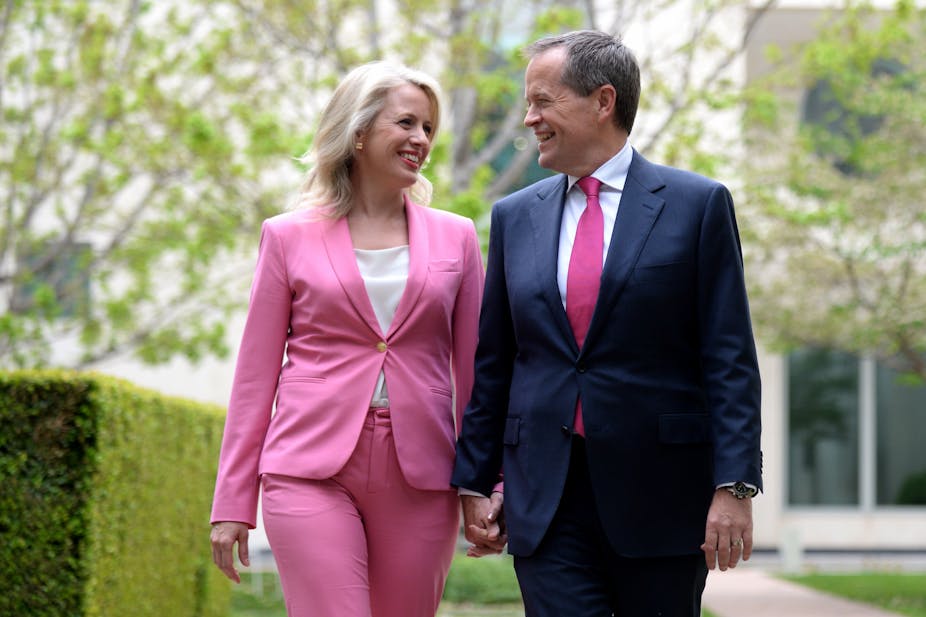New Labor leader Bill Shorten has vowed to continue on the path of party reform, but the latest ALP leadership battle failed to expose all the dangers of the new system.
Not only is there the possibility of a paradoxical outcome (where the party membership and the caucus are split on who should be leader), but the process is slow, and there is a clear malapportionment between caucus and branch voting power. This has the potential to cause friction in to the future.
Plus there’s the fact the affiliated unions were not part of the process.
The change in the parliamentary leadership election process, brought in by former leader Kevin Rudd, required a “democratic” selection process in which the parliamentary and branch wings of the party participated.
Shorten emerged victorious from this process over Anthony Albanese on the back of majority support for him in caucus, and a 40% vote amongst the members. According to those in the know, some 345 branch member votes had the same voting power as one caucus vote. Shorten won 55 votes in caucus and the party reported he obtained 12,196 (or 40%) of the 30,426 votes cast by members.
We have been told this total represents about three-quarters of the party membership, so we can now say with some authority that Labor’s national branch membership numbers are somewhere around 40,000.
We have also been told that some 4,000 new members joined the party in the immediate aftermath of the federal election defeat, so this means that Labor membership during the years of government was at about 36,000.
Given that he was the preferred choice of his parliamentary colleagues, it is perhaps fortuitous for the Labor Party that Shorten prevailed. However, his reputation as leader of the party in its totality must be qualified to some extent by the fact that 60% of the broader party preferred Mr Albanese. It is also perhaps fortuitous that the whole leadership process was conducted in such a gentlemanly manner, and that Albanese has been so magnanimous in defeat.
This has allowed the party to celebrate the process as a triumph for internal party reform and democracy. However, rather like the way the axiomatic Labor view of the 2013 election result that precipitated the need for a new leader (that is, the election result wasn’t that bad and leadership instability was to blame) has emerged, the party’s trumpeting of its leader election process might just be wishful thinking.
At least the drawn-out process allowed the Labor caucus and the two men who were so central to Labor’s failure at the federal election to find a distraction in the aftermath of the party’s hiding in both the House of Representatives and the Senate. One wonders if this exercise now replaces the otherwise almost obligatory review of the party by an elder party statesman that usually follows ignominious electoral defeat.

The Shorten-Albanese contest was for the spoils of defeat, and this explains why the loser would be so sanguine. Albanese may well live to fight another day, but the real test for the new process will be when the leadership battle is on in earnest and the question of who might be the prime minister might arise. It would be interesting to see how the branch membership of the party fares in such a contest.
If preselection battles in the past are anything to go by, a branch-stack of staggering proportions would probably ensue. If the caucus were to be enlarged ahead of such an event, the numbers of branch members needed would be vast. Alternatively, a grassroots campaign about addressing the malapportionment between caucus and branch voting power could ensue.
This round of the leadership selection process has thrown up a contradictory outcome, but it is one that can be endured by the parliamentary wing. Shorten wasn’t the most popular candidate in the branch, but at least he has majority support amongst his parliamentary colleagues. Labor should reflect on what happened to the Australian Democrats who had a similar ethos when it came to the parliamentary leadership.
In the case of the Democrats, the process returned Natasha Stott Despoja, who was very popular among the members but was in the minority faction in the parliamentary Democrats as the party divided over its policy on the GST. Not having the support of your parliamentary colleagues makes parliamentary leadership really difficult, and not even Stott Despoja could survive in that political environment. Her party soon followed her into oblivion.
Labor is a much bigger party than the Democrats. It has shown a capacity to be durable in the face of all sorts of disasters, and has survived bigger calamities than the Rudd party reforms. Still, a clear assessment of the process needs to go beyond celebration of party democracy for its own sake.
Reviving the branch membership of a party is a laudable objective and both the Labor and Liberal parties clearly see the promise of being able to participate in crucial preselection decisions as something that can entice people back to the branches. There are limits to how successful this can be, however, and there are great dangers in a system that takes too long to expedite and might give a result that key players can’t or won’t accept.
Besides, if it wants to regain its support among swinging voters, Labor needs to think less about how to enfranchise its partisans in internal affairs, and more on where it stands on policy.

